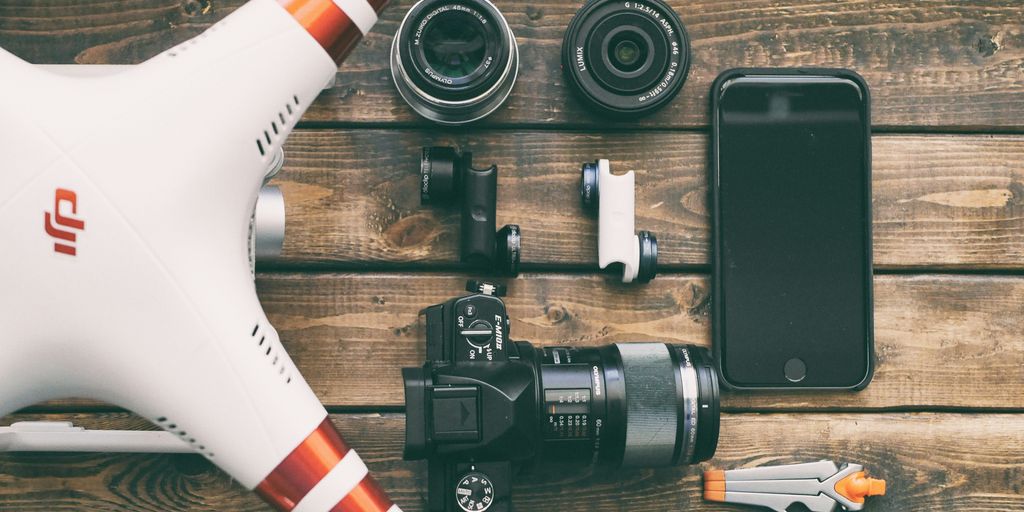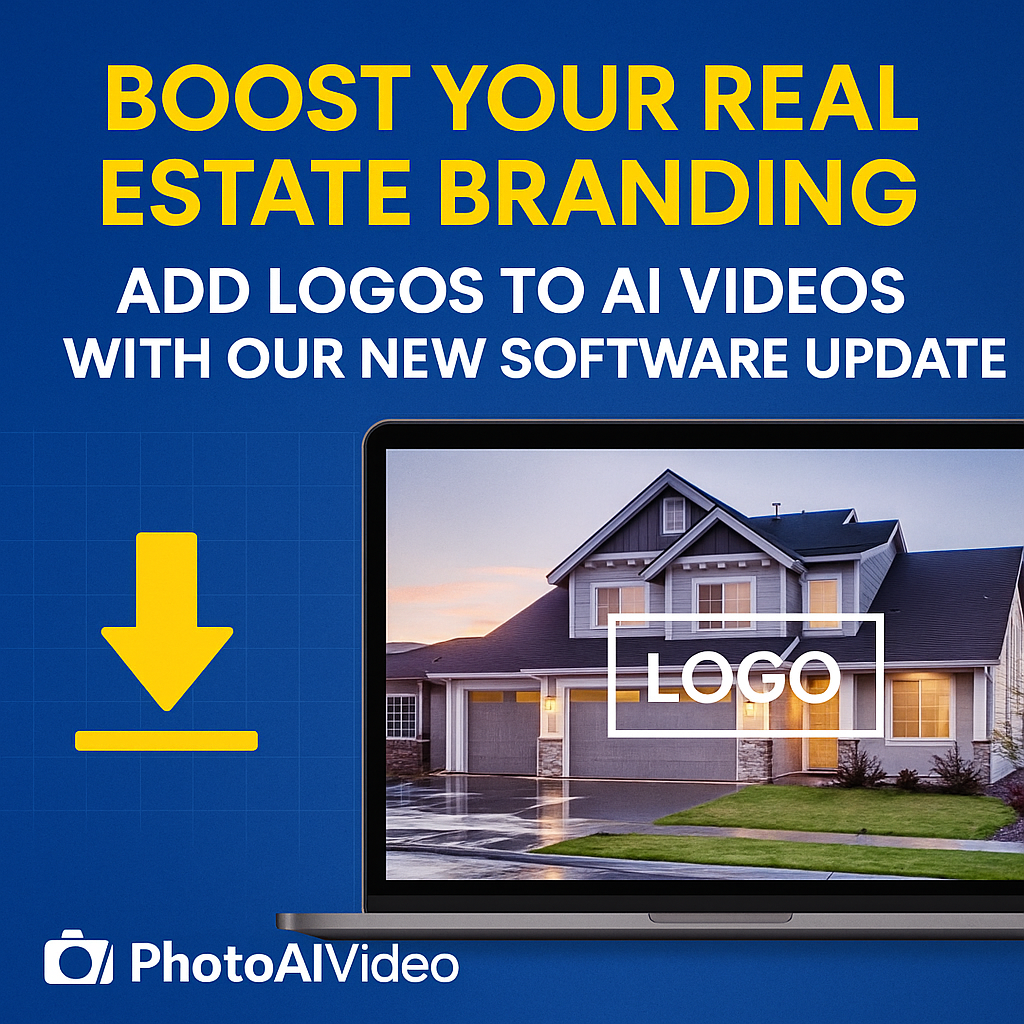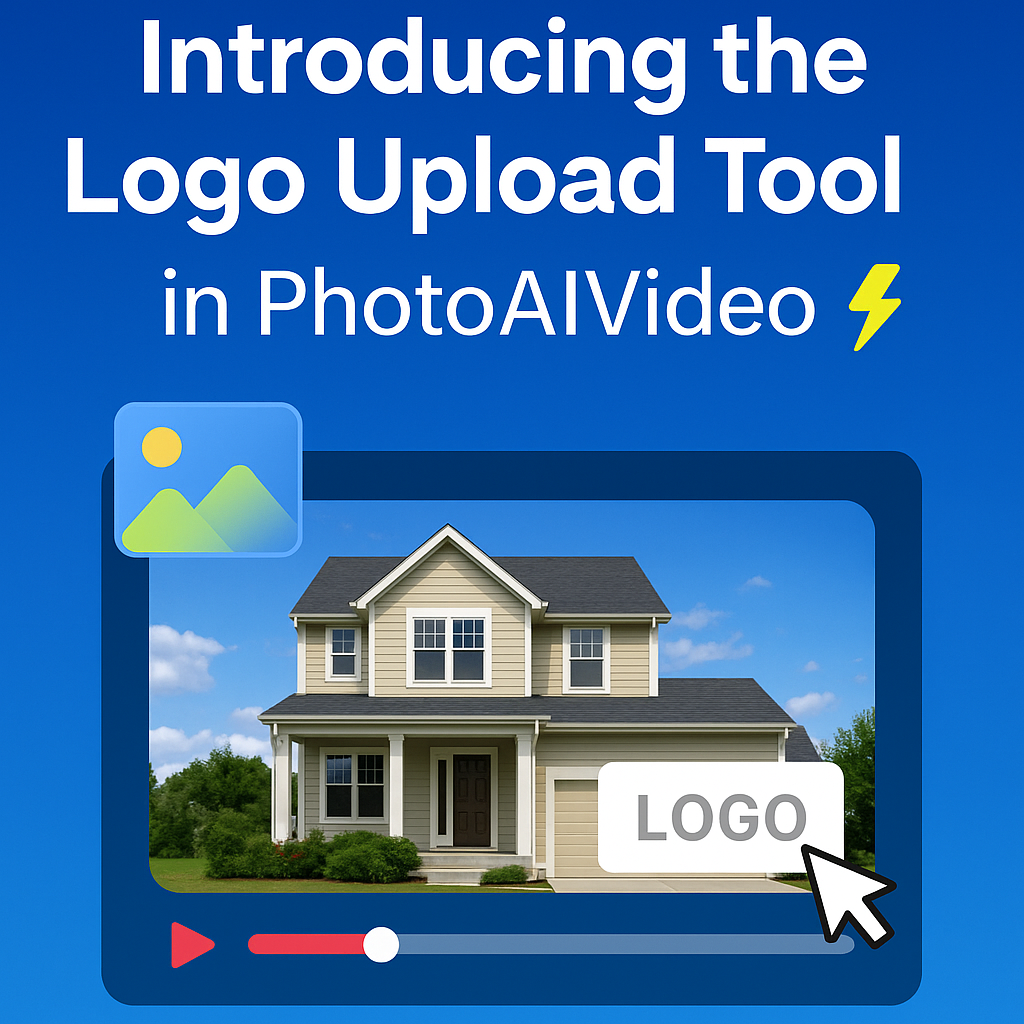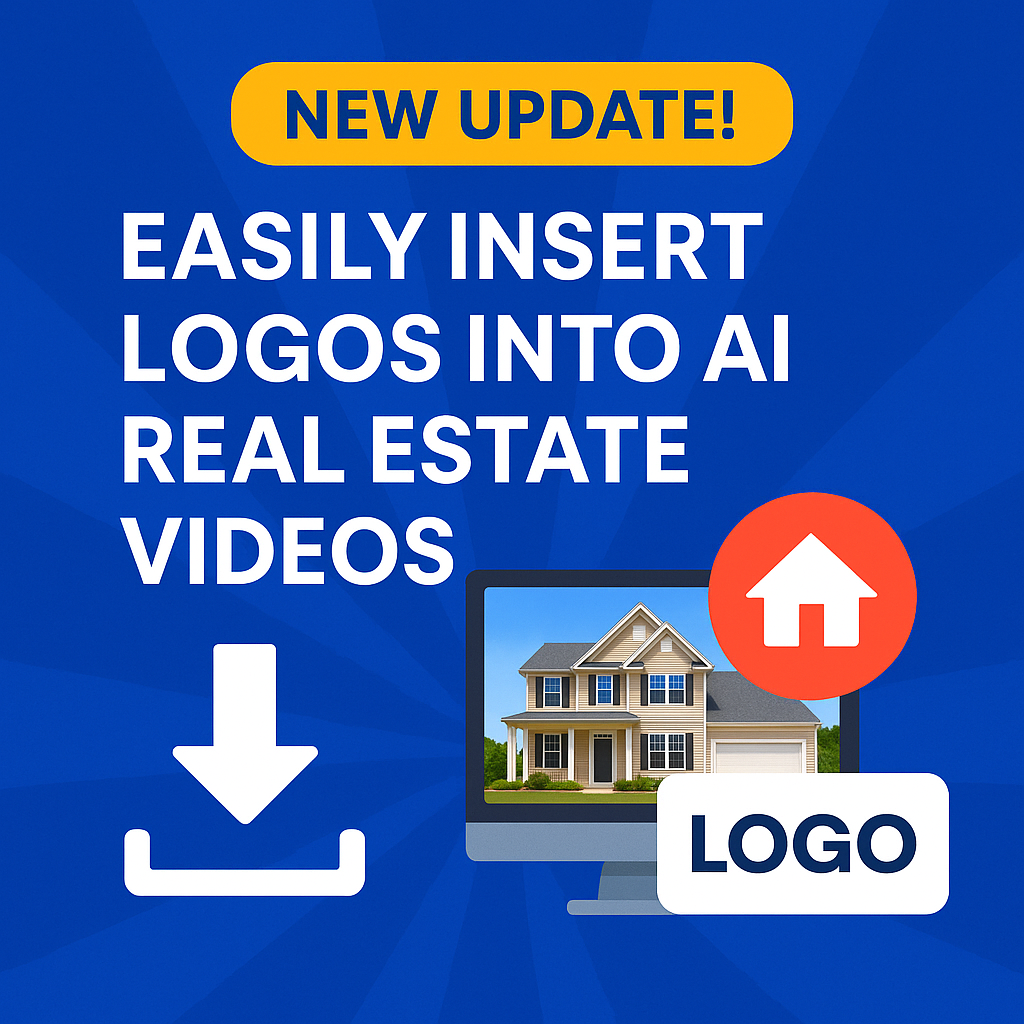In the insurance world, getting claims done right and fast is super important. Public adjusters are always looking for better ways to do their job. This means using new tech that makes things easier, like 360 walkthroughs for public adjusters. These tools help them check out damage, talk to people, and get paperwork done without a lot of hassle. It's all about making the whole claims process smoother for everyone involved.
Key Takeaways
- Adjuster tools for Symbility help with virtual drawings and voice notes, making documentation simple.
- 360 walkthroughs for public adjusters mean real-time data collection and better talks with customers during claims.
- New tech like AI estimating tools can speed up the claims process a lot.
- Mobile platforms let adjusters work well from anywhere, saving money.
- Aerial pictures give exact measurements, making damage checks more accurate.
Enhancing Claims Efficiency With 360 Tours
Using 360 tours is really changing how claims adjusters work. Instead of always going to a site, you can now use virtual tours to quickly check out damage. It just makes everything smoother and faster for everyone involved. This tech isn't just some fancy extra; it's a real tool that can seriously cut down on stress and speed things up.
Real-Time Data Collection
With 360 tours, you get real-time data right when you need it. No more waiting around for someone to send photos or measurements. You can virtually walk through a property and grab all the info you need, exactly when you need it. This speeds up that first look and helps you make quicker, smarter decisions. It's like being there without actually being there. Using virtual tour software can really help with this. For example, you can use Cloudpano's virtual tour software to create detailed walkthroughs.
Here's how it helps:
- Instant access to visual data from anywhere.
- Faster initial damage assessments.
- Better informed decisions on the spot.
- Reduced need for multiple site visits.
Seamless Customer Engagement
Building trust with clients is super important, and 360 tours help you do just that. Instead of just hearing about the damage, customers can see it for themselves. This openness cuts down on misunderstandings and keeps everyone on the same page. Plus, it gives them a better idea of the repair process, making them feel more involved and clued in.
Virtual tours aren't just a cool gadget; they're a practical tool that can make the restoration process smoother and less stressful for everyone involved.
Streamlined Documentation Process
Forget about piles of paperwork and confusing photos. 360 tours make the whole documentation process way easier. You can easily capture and save visual proof, create detailed reports, and share info with everyone who needs it. This not only saves time but also lowers the chance of mistakes and arguments. It's all about making the claims process as smooth and efficient as possible.
Here's a quick look at the benefits:
Integrating Advanced Technology In Claims Management
The claims world is always changing, and new tech is a big reason why. It's not just about handling claims anymore; it's about using automation to make things more efficient and accurate. Getting notified about losses quickly and acting fast are super important for success.
AI-Powered Estimation Tools
AI is really changing how we estimate claims. These tools can look at tons of data super fast, giving adjusters a much quicker and more accurate idea of costs. This means faster settlements and happier customers. It also helps reduce errors that can happen when people do things manually. AI tools help public adjusters get a clearer picture of damage costs quickly.
Video Conferencing Solutions
Video conferencing has become a game-changer for claims. Instead of driving to every single site, adjusters can connect with policyholders remotely. This saves a lot of time and travel costs. It also means claims can be started much faster, especially for smaller issues or initial assessments. It's all about making the process more convenient for everyone involved.
Geospatial Visualization Techniques
Geospatial visualization is pretty cool because it lets us see claims data on a map. This means we can:
- Pinpoint exact locations of damage.
- Understand the scope of a disaster across a wider area.
- Overlay different data layers, like weather patterns or property lines.
This visual approach helps adjusters make better decisions because they have a clearer, more complete picture of the situation. It's a powerful way to understand the context of a claim. For those looking to improve their virtual tour business, CloudPano.com offers virtual tour software that can be integrated into these advanced workflows.
Using these advanced technologies means public adjusters can work smarter, not just harder. They can process claims more quickly, reduce mistakes, and ultimately provide better service to policyholders. It's about using the right tools to get the job done right, every time.
Key Features Of Adjuster Tools For Symbility
Symbility offers a bunch of tools for adjusters, all designed to make the claims process smoother and more accurate. These tools really help everyone involved, from the adjusters themselves to the policyholders. Let's dig into some of the main features.
Virtual Diagramming Capabilities
Virtual diagramming is a pretty neat feature. It lets adjusters create detailed floor plans and sketches of damaged properties right there on their device. This means you can map out the entire scene, room by room, without needing a ton of paper or traditional measuring tools. It's super helpful for getting a clear visual record of the damage. You can easily add notes, mark specific areas, and even drop in photos directly onto the diagram. This makes it way easier to communicate the scope of the damage to everyone who needs to know, like contractors or insurance carriers. It also cuts down on errors since everything is visually represented.
Voice Annotation Benefits
Typing out notes on-site can be a real pain, especially when you're trying to juggle other things. That's where voice annotations come in handy. Instead of typing, adjusters can just speak their observations directly into the tool. This saves a ton of time and makes sure no detail gets missed. It's like having a personal assistant taking dictation. You can record specific details about damage, policyholder conversations, or anything else relevant to the claim. These voice notes get attached to the claim file, providing a rich, detailed account that might be hard to capture with just text. It really helps paint a clearer picture of the situation than written notes alone. It's all about making the documentation process as smooth and efficient as possible.
Comprehensive Pricing Features
Getting the pricing right is always a big deal in claims adjusting, and Symbility's tools come with some really good pricing features. They help make sure estimates are fair and accurate, which can really cut down on arguments and speed up how fast claims get settled. It's about bringing transparency and consistency to the money side of things.
Here's what you can expect:
- Up-to-date pricing data: You get access to current costs for materials and labor, which means your estimates are always based on the latest information.
- Customizable pricing: You can tweak prices based on where you are, any special deals with vendors, and what the specific project needs.
- Integration with pricing databases: The tools connect easily with standard industry pricing databases, like Xactimate, so you get reliable cost info. For more information on how these tools can help with claims, check out CloudPano 3D claims.
These pricing features help adjusters create fair and accurate estimates, reducing disputes and speeding up the settlement process. It's about bringing transparency and consistency to the financial side of claims adjusting.
Utilizing Aerial Imagery For Accurate Assessments

Aerial imagery is really changing how insurance adjusters do their jobs. It gives you this amazing bird's-eye view, showing details that are just super hard to get from the ground. This tech is getting more and more common because it makes assessments faster and way more precise. It's not just about seeing the damage; it's about understanding the whole picture quickly and efficiently.
Enhanced Measurement Accuracy
Aerial imagery allows for measurements that are far more accurate than traditional methods. Seriously, forget climbing on roofs or walking around a property with a tape measure. With aerial tools, you can get exact dimensions of roofs, land, and other structures right from your computer. This accuracy cuts down on errors and disagreements, which means fairer and faster claim settlements. It's a game-changer for precision.
Improved Claim Validation
Aerial views can really help validate claims by giving you a clear, unbiased record of the property's condition both before and after an event. This is super helpful, especially after big natural disasters where there's widespread damage and it's tough to assess individual claims. Having visual evidence from above can help prevent fraud and make sure that payouts are appropriate. It just adds another layer of proof.
Expedited Damage Assessment
Using aerial imagery isn't just a nice-to-have; it's becoming a necessity. It saves time, cuts costs, and makes claims assessments much more accurate. As technology keeps moving forward, we're going to see even more sophisticated tools that will make the claims process even smoother.
Aerial imagery really speeds up how quickly you can assess damage. Instead of sending someone out to every single property, you can get a quick overview of a large area. This is especially useful after big storms or other events that cause widespread damage. You can quickly identify the most affected areas and prioritize your efforts. It means you can get to people faster and start the recovery process sooner. It's all about getting things done efficiently, and for car dealers, 360º photography software can do the same for vehicle assessments.
Optimizing Workflow With Mobile Claims Platforms
On-Site Estimate Creation
With mobile platforms, adjusters can create estimates right on-site. This means less back-and-forth and fewer follow-up visits. Using smart questionnaires, these platforms can make loss-specific estimates way faster than old ways. This leads to quicker settlements and happier policyholders. It's about getting from checking things out to settling the claim as smoothly as possible. Virtual tour software can be a big help here.
User-Friendly Interface Design
Mobile claims platforms are made to be easy to use. The simple design means adjusters can quickly learn the system and start using it well. This makes the learning part shorter and the move to mobile claims management much smoother. It's about making technology helpful, not a pain.
Mobile claims platforms aren't just about speed; they're about getting things right, working well, and making customers happy. By giving adjusters the tools they need to do their jobs effectively, these platforms are changing how claims are handled.
Cost Reduction Through Mobility
Mobile claims platforms can save a lot of money. By cutting down on the need for many site visits and making the claims process simpler, these platforms help lower office costs and make everything work better. It's about doing more with less and getting the best results for both the company and the person with the policy.
Building Trust Through Transparency

Building trust in the claims process is a big deal, and it's something 360 walkthroughs really help with. When policyholders can see everything for themselves, it just makes things clearer. It's not just about showing them what's going on; it's about making them feel like they're part of the process, not just waiting for news. This kind of openness can really change how people feel about their claim, making them less stressed and more confident.
Visual Evidence For Policyholders
When a policyholder can actually see the damage with their own eyes, even if it's through a screen, it changes everything. It's one thing to hear about a broken pipe or a damaged roof, but it's another to virtually walk through their home and see the extent of it. This visual proof helps them understand the assessment better and feel more involved. Providing clear visual evidence helps policyholders grasp the full scope of the damage. It's like they're right there with you, inspecting every detail. This level of detail is something you can even learn to create yourself, potentially starting a profitable virtual tour business without hard selling or expensive camera equipment. Learn how to start a profitable virtual tour business and see how this technology can be used.
Reduced Misunderstandings And Disputes
Let's be real, misunderstandings happen all the time in claims. Someone says one thing, someone else hears another, and suddenly you've got a dispute on your hands. But with 360 walkthroughs, a lot of that just goes away. Everyone is looking at the same visual information. There's less room for misinterpretation when the evidence is right there for everyone to see. This clarity can save a ton of headaches and keep things moving smoothly.
When everyone involved in a claim can see the same visual information, it significantly reduces the chances of miscommunication and disagreement, leading to a more cooperative and efficient resolution process.
Faster Settlement Processes
Nobody likes waiting around, especially when it comes to insurance claims. The faster a claim gets settled, the happier everyone is. By providing clear, undeniable visual evidence, 360 walkthroughs can really speed things up. Adjusters can make quicker, more informed decisions, and policyholders are more likely to agree with the assessment because they've seen it for themselves. This cuts down on back-and-forth, paperwork, and all the other stuff that usually slows things down. It's all about getting to a resolution faster, which is a win-win for everyone involved.
- Clear visual documentation leads to quicker agreement.
- Reduced need for multiple site visits saves time.
- Streamlined communication between all parties involved.
- Less time spent on dispute resolution.
Being open and honest with customers is super important for building trust. When you show everything clearly, people feel more comfortable and are more likely to stick with you. Want to see how we do it? Check out our website for more details!
Wrapping It Up
So, what's the big takeaway here? Basically, 360 walkthroughs are a game-changer for public adjusters. They make everything faster, clearer, and just plain easier. You can get a good look at the damage without even being there, which saves a ton of time and hassle. This tech isn't just a cool gadget; it's a real tool that helps everyone involved. It means less stress, quicker results, and a smoother process all around. If you're not using these yet, you're probably missing out on a lot of good stuff.
Frequently Asked Questions
How do 360-degree tours help public adjusters with claims?
Public adjusters can use 360-degree tours to get a full view of a property without actually being there. This helps them collect information quickly, talk to clients easily, and keep all their notes and pictures organized. It makes the whole claims process faster and less stressful for everyone.
What new technologies are being used in claims management?
New tools like AI for estimating costs, video calls for remote inspections, and special maps that show damage help adjusters work smarter and faster. These technologies make it easier to figure out what happened and how much it will cost to fix.
What are the main features of adjuster tools for Symbility?
Adjuster tools for Symbility let adjusters draw out damage virtually, record voice notes instead of typing, and get accurate pricing for repairs. These features help them gather all the necessary details quickly and correctly.
How does aerial imagery help in claims assessment?
Using pictures taken from above, like from drones, helps adjusters measure things very precisely and see the full extent of damage. This makes their assessments more accurate and helps speed up how quickly claims are approved and paid.
How do mobile claims platforms make work easier for adjusters?
Mobile claims platforms allow adjusters to create damage estimates right on their phones or tablets while they are at the property. They are easy to use and help save money by making the claims process more efficient and flexible.
How do these tools help build trust with policyholders?
Showing policyholders visual proof of damage and repairs through 360 tours and other tools helps build trust. It makes things clear, reduces arguments, and helps claims get settled much faster because everyone can see and agree on the situation.














.png)



.png)







.png)

.png)





